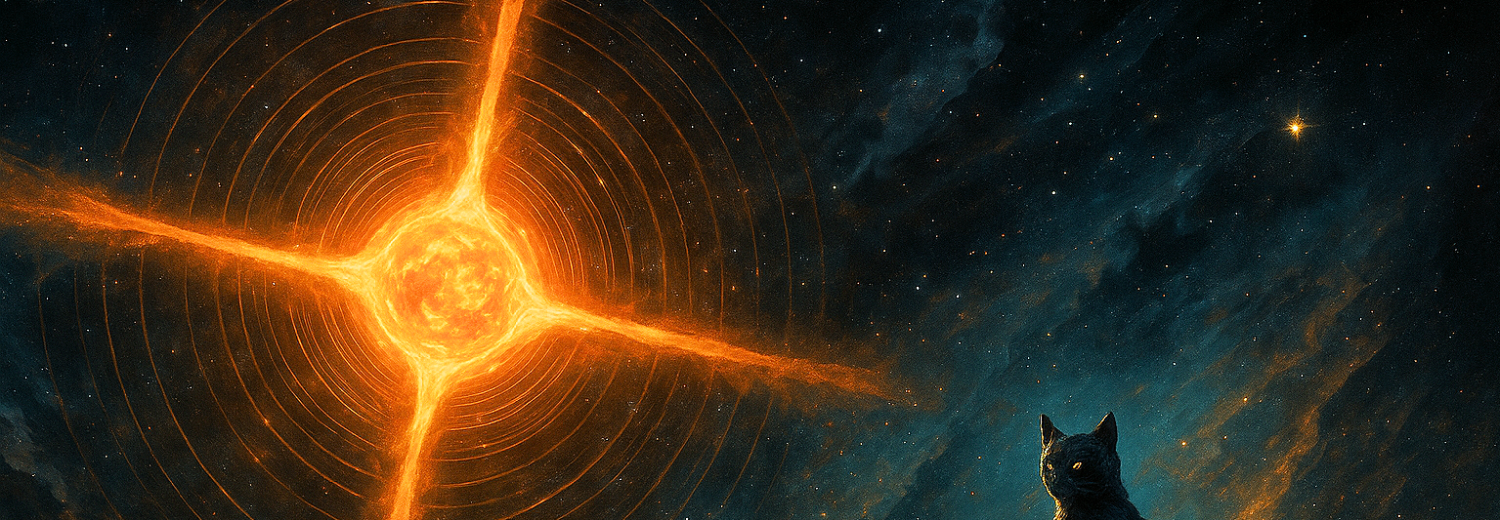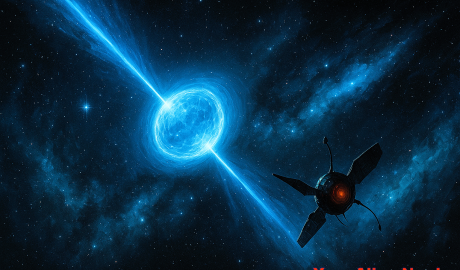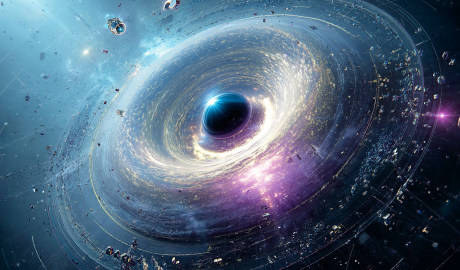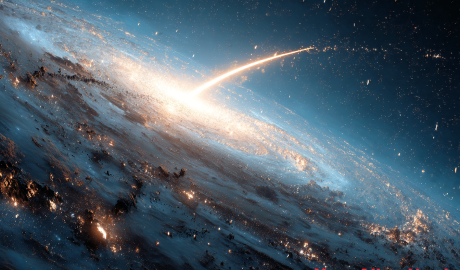Secret Treaties with Aliens: Myth or Missing History?
Throughout modern UFO lore, one of the most compelling — and controversial — ideas is that secret treaties have been forged between extraterrestrial civilizations and Earth’s governments. These alleged pacts, often shrouded in Cold War secrecy and deep state mystique, suggest that contact with non-human intelligences has already occurred… andContinue Reading
THE EMPIRE CAN WAIT – CHAPTER 2, PART 1
Oh, he’s rude to everyone, […]. It’s what makes him so damn sexy. (Cassandra Clare, City of Bones) New Xanadu, coordinates 000.000/000.000/000.000June 25th, 666 GE Volker Chang stepped out of the elevator into Princess Virginia’s residence. She was hosting one of her usual, interminable parties — something that happened atContinue Reading
Spider Pulsars and Alien Signals: Beacons in the Galactic Web?
In the vastness of space, not all stars go quietly into the night. Some die spectacular deaths, becoming pulsars — dense, rapidly spinning neutron stars emitting electromagnetic radiation beams with uncanny regularity. These cosmic lighthouses are some of the most extreme objects in the universe, ticking away with millisecond precision.Continue Reading
Could Advanced Civilizations Build Dyson Spheres Around Black Holes?
Dark Harvest When we think of Dyson spheres, the first image that comes to mind is a vast shell or swarm of solar collectors encasing a star—an icon of mega-engineering from science fiction and speculative science. Initially proposed by physicist Freeman Dyson in 1960, this idea was a thought experiment:Continue Reading
Hypervelocity Stars: Nature’s Speed Demons or Alien Tools?
We often think of stars as stationary beacons, slowly wheeling across the sky over cosmic timescales. But not all stars play by the rules of calm celestial choreography. Some have been launched across the galaxy at unimaginable speeds—these are the hypervelocity stars. Discovered in 2005, hypervelocity stars (HVS) are stellarContinue Reading
Do Cats Hold Grudges? Exploring Feline Memory and Emotion
Cats may be mysterious and aloof, but anyone who lives with one has likely asked this question: Do cats hold grudges? Maybe you accidentally stepped on your cat’s tail, or missed dinner time by ten minutes—and now he’s glaring at you from across the room. Is he mad… or justContinue Reading
THE EMPIRE CAN WAIT – CHAPTER 1, PART 4
When the going gets tough, the tough get going. (John Belushi, Animal House, 1978) Bageechaa, coordinates 99.001/-55.447/1803.240June 24th, 666 GE Running toward the spaceport, Twiglet tried not to think about her house, the hyperneural probe, or everything she’d left behind. Right now, escaping the werewolves was all that mattered. GriefContinue Reading
Time Dilation on Serpo: Did Einstein Predict the Mission’s Outcome?
In the tangled corridors of UFO lore, few stories have captured the imagination quite like Project Serpo — the alleged top-secret exchange program between Earth and the inhabitants of Zeta Reticuli, a binary star system nearly 40 light-years away. According to leaked reports and whistleblower testimonies, twelve humans — tenContinue Reading









